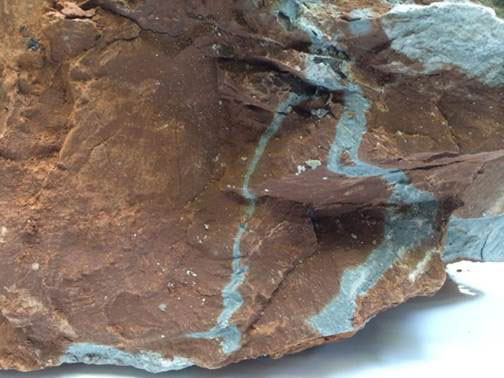What is CCS?

Carbon capture and storage (CCS) is a technology aimed at reducing carbon dioxide (CO2) emissions from the large-scale burning of fossil fuels. CO2 is captured during its generation at power stations, or in some large-scale industrial process, and transported by pipeline to a suitable site for underground storage.
Where is the CO2 stored?
The transported CO2 will be pumped into rocks, generally more than a kilometre deep underground. Under these conditions, CO2 becomes much denser than a normal gas and is called super-critical CO2. Suitable CCS storage sites involve a large volume of reservoir rock, usually a sandstone, which is filled with very small holes like a sponge. It is within these holes, or pores, that the CO2 will be stored.
Will it stay there?
Once underground, the CO2 is trapped in a number of ways. Some of the CO2 will react with the minerals in the rock and form new minerals in their place. Some CO2 will also dissolve into the salty water, or brine, already present in the pores within the rock. Because the CO2 is very dense under these conditions it is naturally less buoyant than the salt water in the rock above, making it hard for it to move upwards. A rock that fluid can't easily flow through, such as a shale or salt, lies above the reservoir and acts as a natural seal, or caprock. The CO2 will also usually be injected into a location where the geology naturally resists its escape, for example, underneath a fold in the caprock where the CO2 will naturally pool. When choosing a site for CCS, it is important to understand how effectively the CO2 will be trapped and to understand whether any faults or fractures could provide a pathway for leakage. Anyone injecting CO2 in offshore UK will have to demonstrate that there is no real leakage and everything is behaving as expected.
What is depletion and why should it matter?
A large number of potential storage sites in offshore UK have previously been explored for oil and gas. An area where as much hydrocarbons have been extracted from a field as possible is generally known as a depleted field. Depleted reservoirs have a number of advantages for CCS, such as:
- there is already a significant amount of infrastructure built up around the field, some of which can be reutilised
- they have been shown to keep fluids trapped for often millions of years previously
- there is generally already a lot known about such sites and there is significant data about how the reservoir and caprock behave when conditions are changed
Just like a balloon, a storage site will respond to changes in pressure during depletion and re-inflation during CO2 injection. However, little work has been done on how previous depletion will affect the way it re-inflates. Providing a better understanding of this process is one of the primary aims of CONTAIN.
Rock types
Caprock

Reservoir rock


